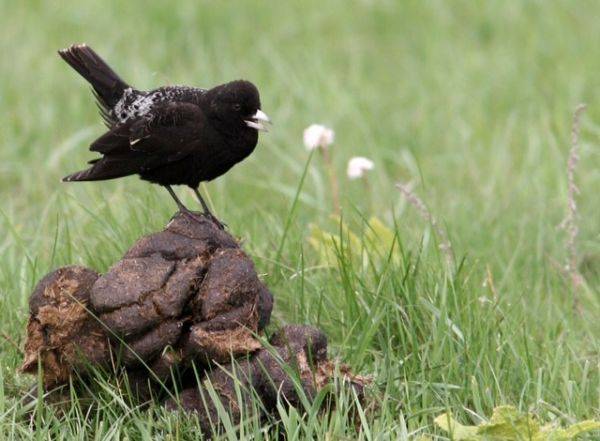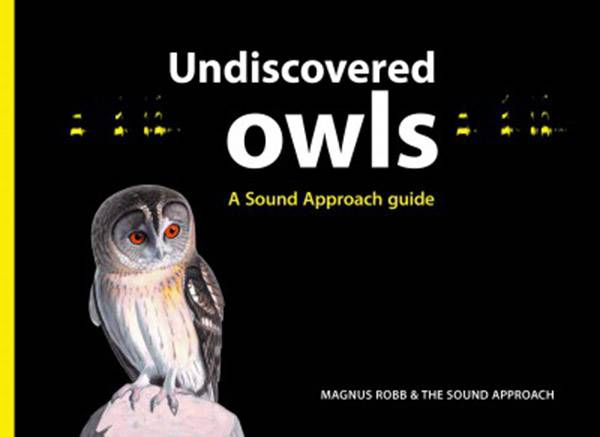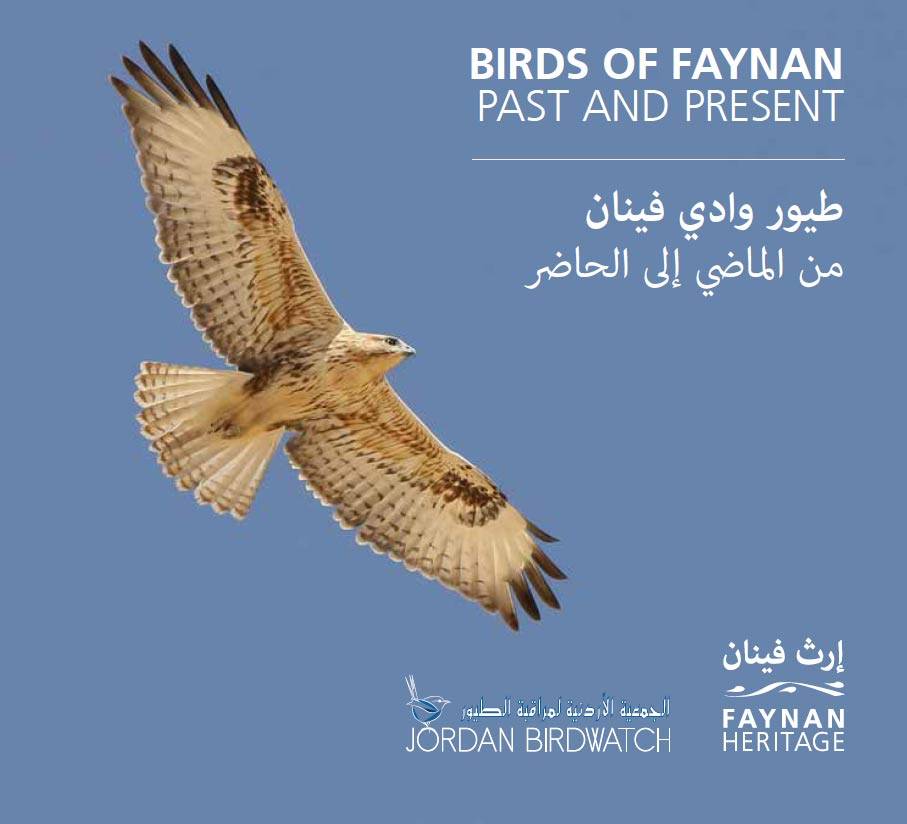
Steven Mithen, Fares Khoury, Ben Greet, Judith White and Nebras Maslamani. 2019. Birds of Faynan: past and present. Faynan Heritage. University of Reading, Reading, UK, pp197. ISBN 9780704915909. (In English and Arabic)
Hardcopy price is uncertain: Amazon and Book Depository are out of stock at. The electronic version is downloadable from http://centaur.reading.ac.uk/87374/. The catalogue page shows a small image of the cover picture; click on that and it will download (Central Archive of the University of Reading).
- Steven Mithen is Professor of Archaeology at the University of Reading, UK.
- Fares Khoury is Professor of Animal Ecology and Ornithology at the American University in Madaba, Jordan, and co-founder of the Jordan BirdWatch Association.
- Dr Ben Greet is a classicist and archaeologist, specialising in the cultural attitudes towards birds in prehistoric and classical societies. He is a researcher at Reading University Department of Archaeology.
- Judith White is a curator within the Bird Group at the Natural History Museum, UK.
- Nebras Maslamani is at the Council for British Research in Jordan’s British Institute working in cultural heritage management for sustainable development in Jordan.
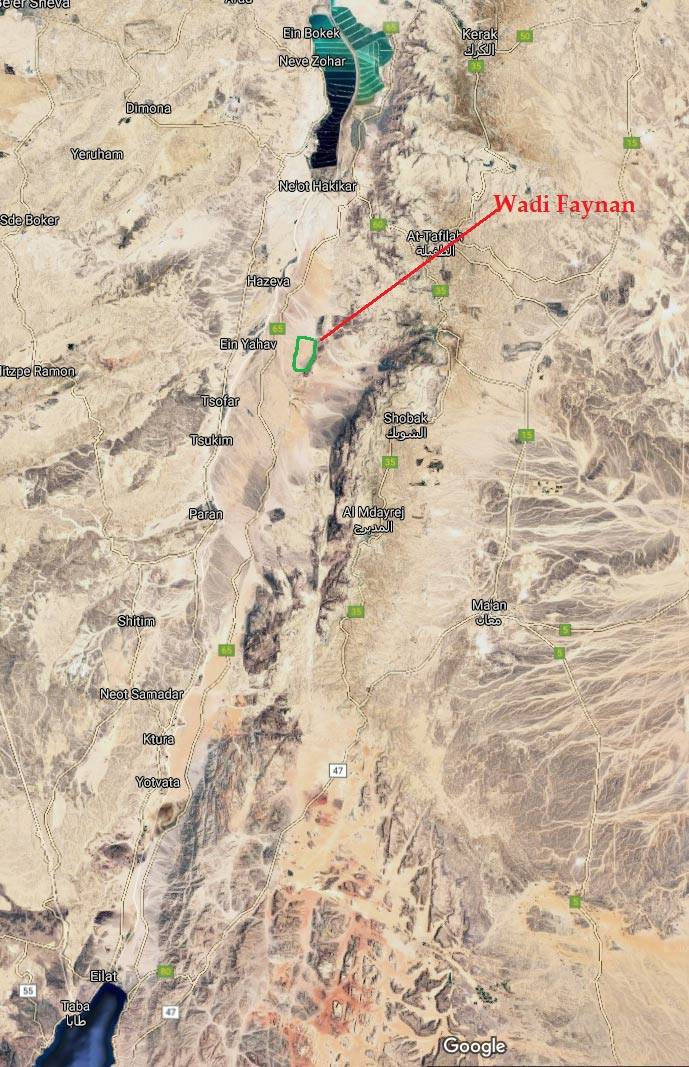
Wadi Faynan in Jordan lies roughly one quarter of the distance from the Dead Sea to the Gulf of Aqaba of the Red Sea. Jordan’s Highway 65 skirts its western edge (Map 1). The Wadi contains buried former villages from 10,000 BP (when farming began in the region), one of which is the prosaically named WF16 archaeological site. Here, the remains have been found of at least 23 bird species that no longer occur in the area. This book evaluates the changes in bird species composition through time in Wadi Faynan (Map 2), noting that the predominance of buzzard bones suggests that feathers were important symbolically. Near-contemporaneous art bears this out. I can thoroughly recommend this enjoyable and succinct ethnographic approach to the inhabitants and habitats of a small part of the Aqaba Governate of Jordan.
Following the Introductory Material, there are 6 sections.
Bird Habitats: These are 5 in number, well-illustrated and are discussed in the context of Conservation.
‘Birds of Faynan’ has 5 categories, covering 88 of the 187 recorded (a few occur in more than one category). The first 4 are very well-illustrated:
- Resident birds, 37 species (Rock Martin)
- Migrant birds, 31 species.
- Non-migratory birds from WF16, 4 species.
- Migratory birds from WF16, 19 species.
- List of birds in present-day Faynan.
The bird taxonomy is mostly well up to date, although there are a few minor points to bear in mind. Nowadays, Houbara Bustard Chlamydotis undulata, after being differentiated from Macqueens Bustard (BirdLife International use ‘Asian Bustard’ after eventually accepting the split) C. macqueeni, occurs no nearer Jordan than the west bank of the Nile. However, 12,000 years ago, this may not have been the case and so Judith White, if there are known leg bone osteological differences, may have proved that there has been a distribution contraction. I suspect, though, that there are no such known differences and that the bone has been allotted to C. undulata sensu lato. I would hesitate to put my minuscule knowledge of osteo-ornithology (or is that ornitho-osteology?) against her professional expertise!
The taxon presented as Rock Martin Ptyonoprogne fuligula has long been treated as overlumped (eg Goodman et al 1986, 1989), the birds occurring in the OSME Region (which includes Egypt) being considered as Pale Crag Martin P. obsoleta. Since then, Handbook of Birds of the World (Alive) [Now defunct with the move to Cornell] and BirdLife International have formalised that split, and indeed have split the African populations further. There is no known record of P. fuligula sensu novo in Egypt, Jordan, or the whole of the OSME Region. The original distribution of P. fuligula sensu lato is vast, with many eastern remote populations being poorly known, which presumably is why Shirihai & Svensson 2018 unfortunately made no mention of this long-accepted split of the western populations.
Incidentally, the taxonomy of the present-day Faynan bird list does not quite match that of the species accounts for the archaeological records.
Notwithstanding the above, there is much pleasure to be gained from reading this well-illustrated and fascinating book. It makes the past come alive, giving an insight into how the natural world, in particular birds, influenced the thinking and attitudes of the Neolithic people of the southern Levant about 12,000 years ago. To give you some idea of timescale, the British Isles were still connected to Europe via Doggerland for about another 3,500 years…
I learned a great deal from the concise species accounts, such Bonelli’s Eagle Aquila fasciata being one of the symbols of the Nabataean kings, a symbol they proudly displayed on their coinage. I much enjoyed the entwining of disparate strings of knowledge into this coherent wide-ranging and informative account. It’s well worth downloading.
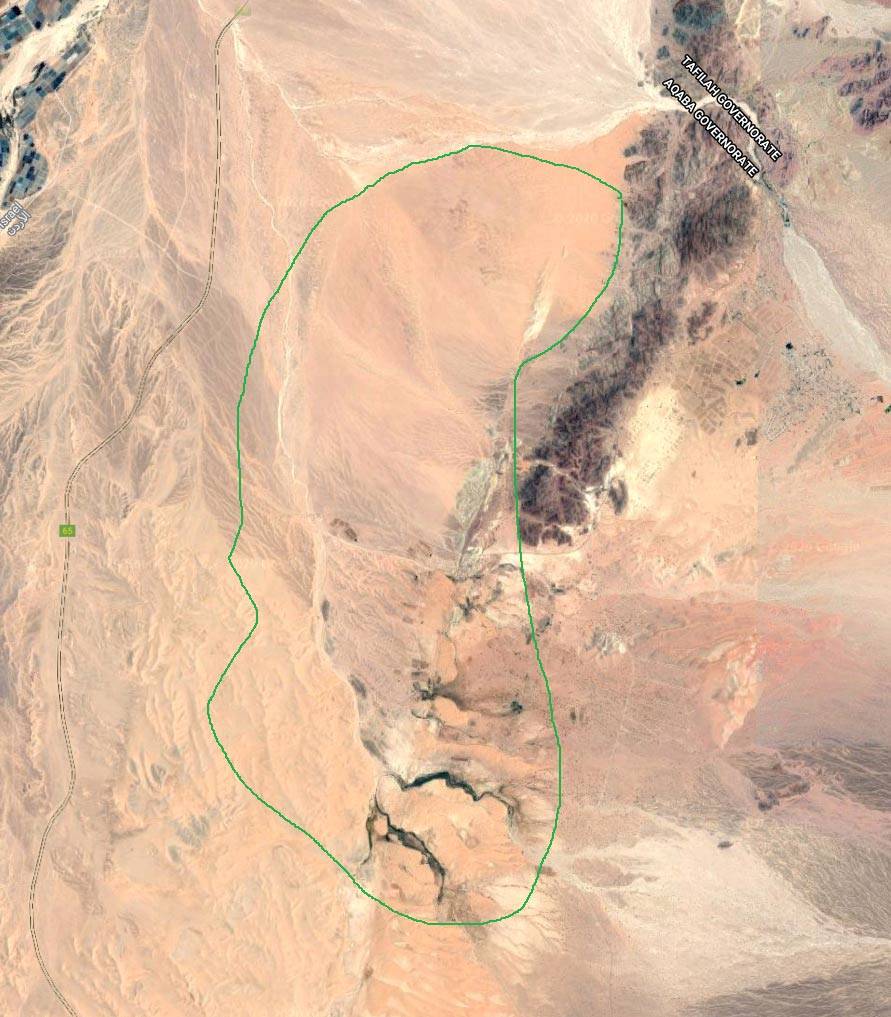
References
Goodman, SM, PL Meininger and WC Mullié. 1986. The Birds of the Egyptian Western Desert. Mus. Zool. Univ. Michigan. Ann Arbor, MI. USA.
Goodman, SM, PL Meininger, S Baha el Din, JJ Hobbs and WC Mullié. 1989. The Birds of Egypt. OUP. Oxford. UK.
del Hoyo, J, A Elliott, J Sargatal, DA Christie and E de Juana. (Eds). 2018. Handbook of the Birds of the World Alive. Lynx Edicions, Barcelona. Shirihai, H and L Svensson. 2018.Handbook of Western Palearctic Birds: Passerines: 2 vols. Helm. London, UK.

